
From jade rollers to gua sha stones, DIY face lifting tools have been skyrocketing in popularity. But before you jump on the bandwagon, it's crucial to understand the safety aspects of these devices.
Understanding the Buzz Around Face Lifting Tools
You've probably seen the countless Instagram posts and YouTube videos raving about the benefits of face lifting tools. This trend isn't without merit; these devices can potentially offer a multitude of benefits, from stimulating blood flow and collagen production to reducing puffiness and fine lines.
However, the question remains: are they safe to use at home?
Safety First: Evaluating DIY Face Lifting Tools
When it comes to evaluating the safety of any DIY beauty tool, three critical aspects should be considered: design, application, and aftercare.
Design of the Tools
The design of the face lifting tool is crucial for its safety. For instance, if we look at the Anti-Wrinkle Face Lifting Device available on Efforest, it's ergonomically designed to fit the curves of the face, reducing the risk of any accidental injury. Moreover, the materials used are also skin-friendly, ensuring no irritation or allergic reactions.
Application: Technique and Frequency
Proper application is key to safely benefit from face lifting tools. Misuse can lead to bruising, inflammation, or even skin damage. It's important to follow the instructions provided, or better yet, learn from experts. The most viewed YouTube tutorial on face lifting massages provides a great starting point.
Moreover, overuse can lead to skin sensitivity. As a rule of thumb, use the face lifting tool no more than once daily.
Aftercare: Cleanliness and Hygiene
Aftercare is often overlooked but is vital in ensuring the safety of your face lifting tool. Always clean your tool before and after use to avoid any bacterial buildup. Furthermore, store it in a clean, dry place to maintain its longevity.

The Impact of Face Lifting Tools: Real-life Examples
Now, let's look at some real-life examples to understand the potential impact of face lifting tools.
One of our customers, Sarah, shared her experience with our Gua Sha Facial Massager. After using it consistently for a month, she noticed a significant reduction in her facial puffiness and an improved skin tone.
However, another customer, Emily, experienced slight bruising initially because she applied too much pressure. After learning the correct technique through Efforest's comprehensive guide, she was able to enjoy the benefits without any side effects.
Conclusion: Are DIY Face Lifting Tools Safe?
In conclusion, DIY face lifting tools can be safe and effective when used correctly. They offer a convenient and cost-effective solution for maintaining youthful, glowing skin. However, understanding the correct techniques, frequency, and aftercare is essential to ensure safety.
Remember, everyone's skin is different. If you're unsure or have a specific skin condition, it's best to consult with a dermatologist before starting any new skincare regimen.
If you're ready to start your journey with face lifting tools, explore Efforest's collection of high-quality, skin-friendly devices. With the right tool and approach
FAQ: Safety Practices and Rules for Hand and Power Tools
What are the safety and health practices when using hand and power tools?
When using hand and power tools, it's crucial to follow certain safety and health practices. This includes:
- Always wearing appropriate personal protective equipment (PPE) such as gloves, safety glasses, or face shields.
- Keeping your tools in good condition. Regularly inspect them for any damages and get them repaired or replaced as necessary.
- Using the right tool for the job. For instance, don't use a wrench as a hammer or a screwdriver as a chisel.
- Storing your tools safely when not in use. This helps prevent accidents and maintains the longevity of the tools.
What are the five basic safety rules for hand and power tools?
- Always use the right tool for the job. Using the wrong tool can lead to accidents and damage to the tool or workpiece.
- Inspect your tools before use. Look for any damages, wear, or defects. If a tool is damaged, don't use it until it's repaired or replaced.
- Wear appropriate PPE. Depending on the tool and the task, this could include safety glasses, gloves, ear protection, or face shields.
- Handle your tools with care. Don't drop them, throw them, or use them for unintended purposes.
- Store your tools properly. After use, clean your tools and store them in a safe, dry place.
Why is it important to use safe hand tools?
Safe use of hand tools is essential to prevent accidents and injuries. Hand tools, while seemingly harmless, can cause serious harm if misused. For instance, a slip with a screwdriver can lead to puncture wounds, and a poorly handled hammer can cause smashed fingers or other injuries.
What are the hazards involved in the use of power tools?
Power tools, while extremely useful, come with their own set of hazards. These include:
- Electric shock: This can occur if the tool is not properly grounded or if it's used in a wet environment.
- Cuts and punctures: These can happen if the tool slips or if the user is not wearing appropriate PPE.
- Eye injuries: Small particles can fly off when using power tools, leading to eye injuries.
- Noise-related injuries: Prolonged exposure to the noise from power tools can lead to hearing damage.
Remember, safety should always be your priority when using any tool. Always follow the manufacturer's instructions and safety guidelines to ensure a safe and productive work environment.











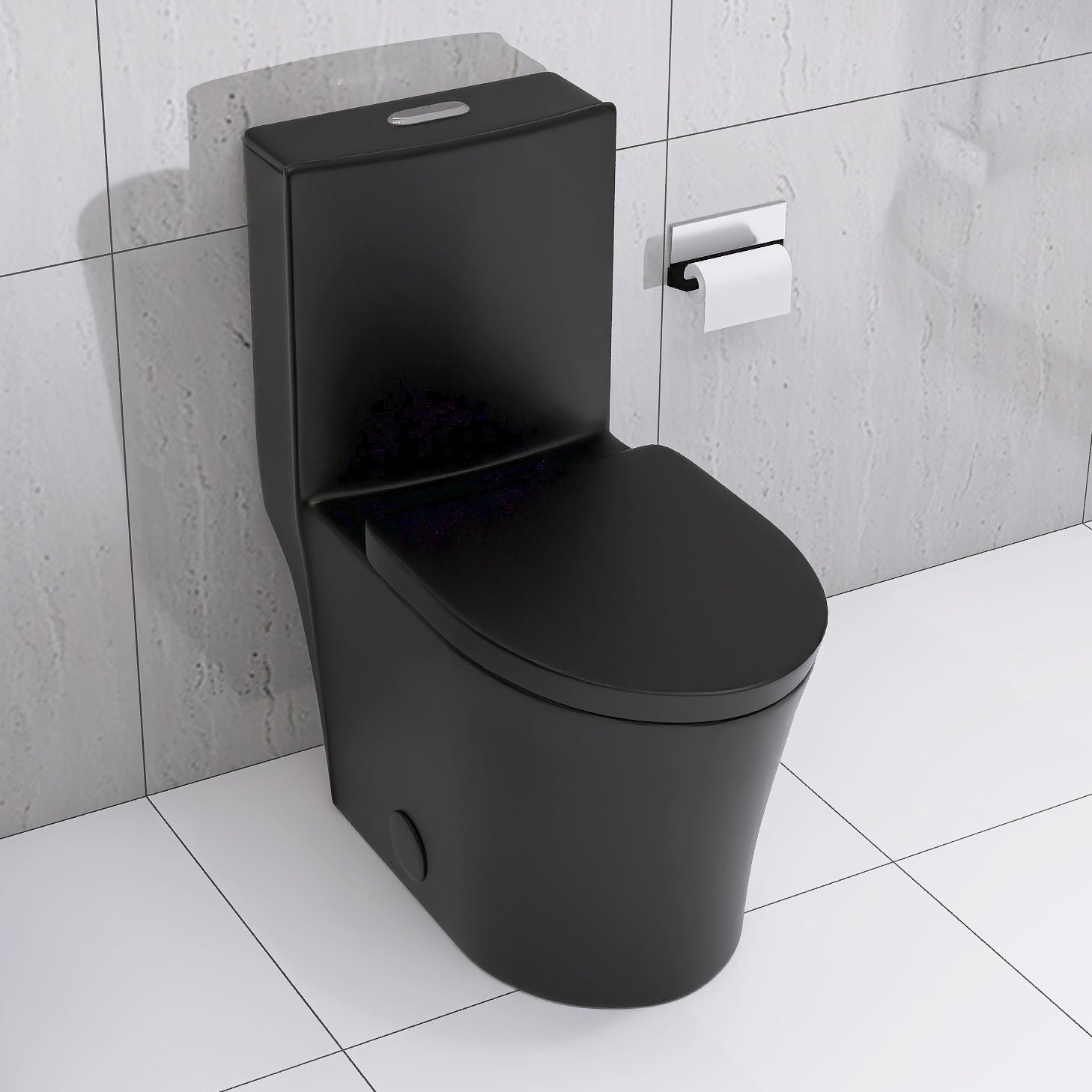






























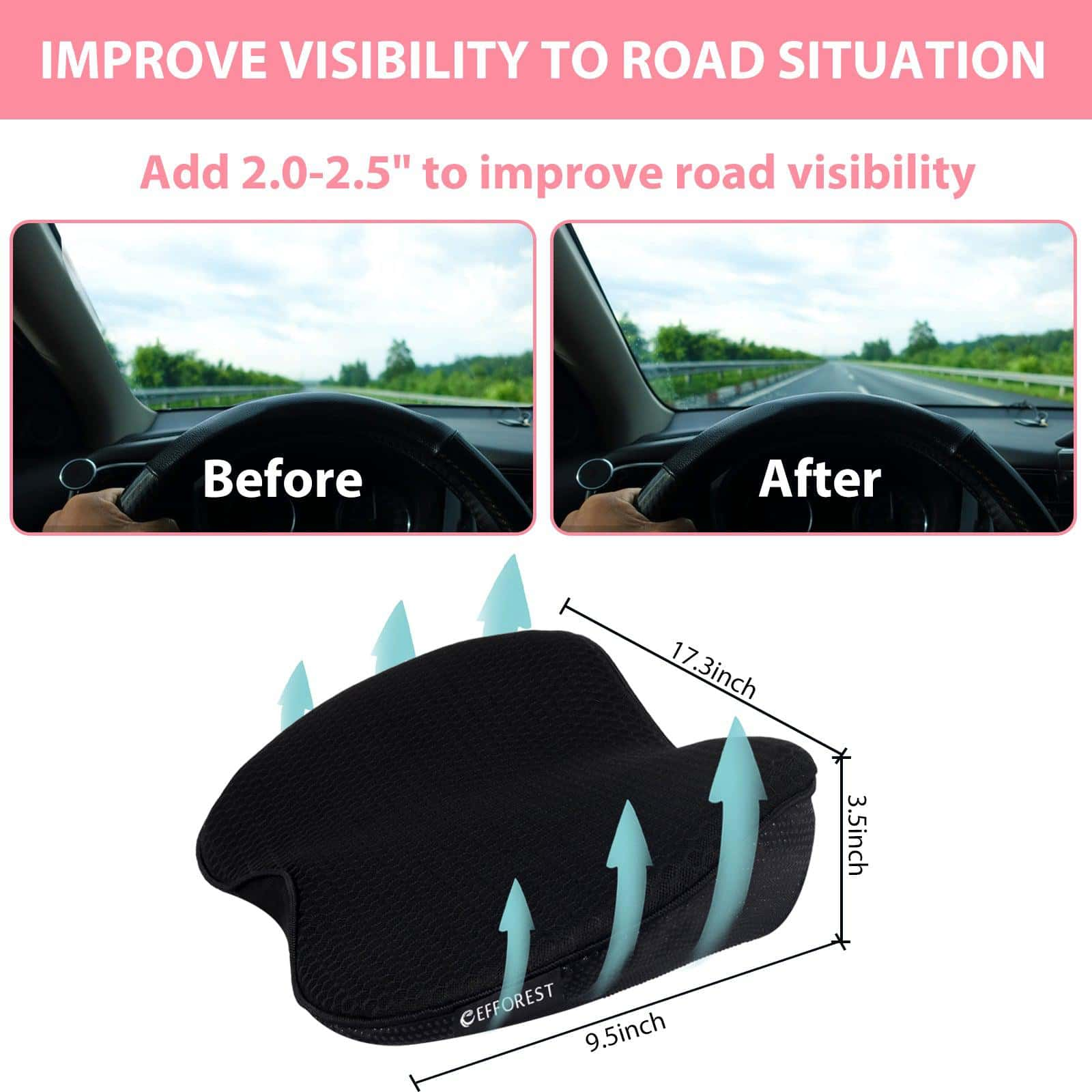





















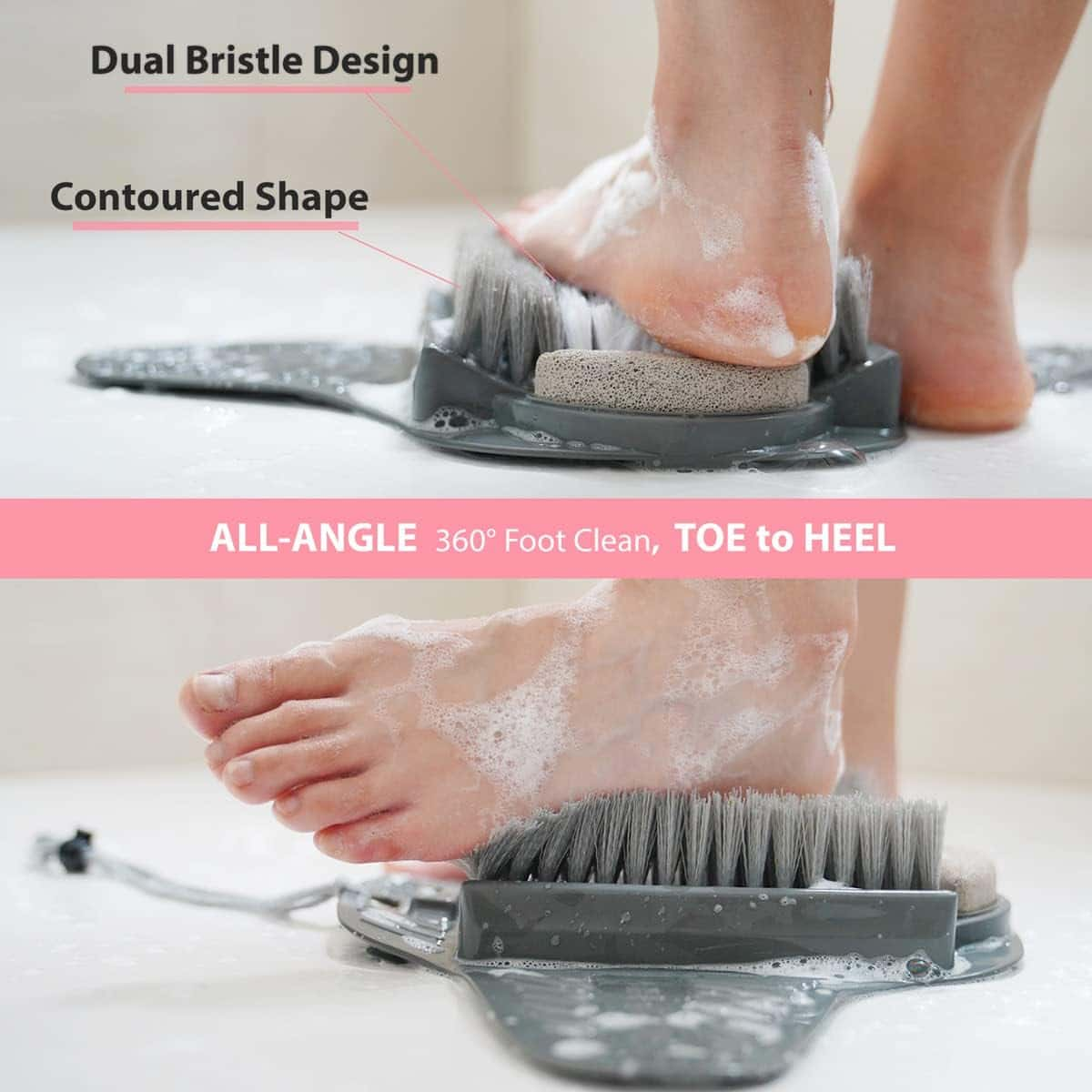



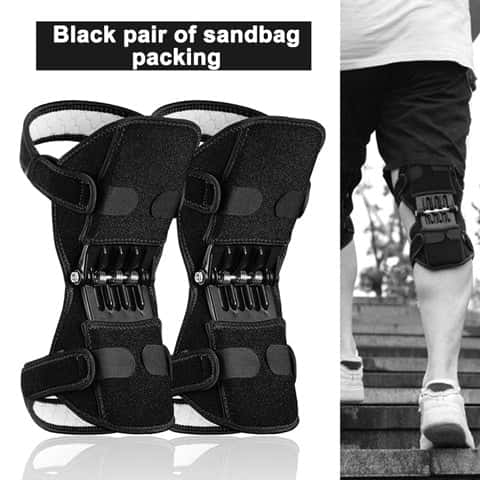







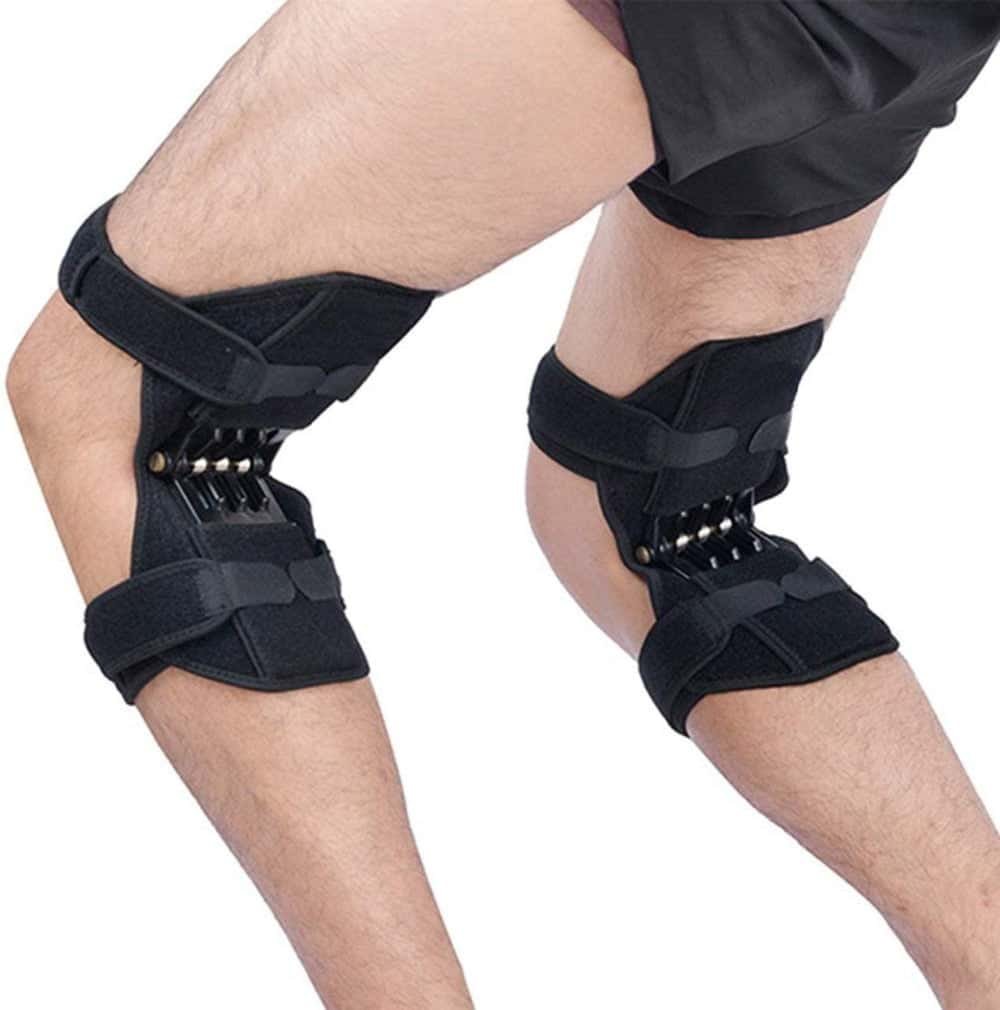





Share and get 15% off!
Simply share this product on one of the following social networks and you will unlock 15% off!